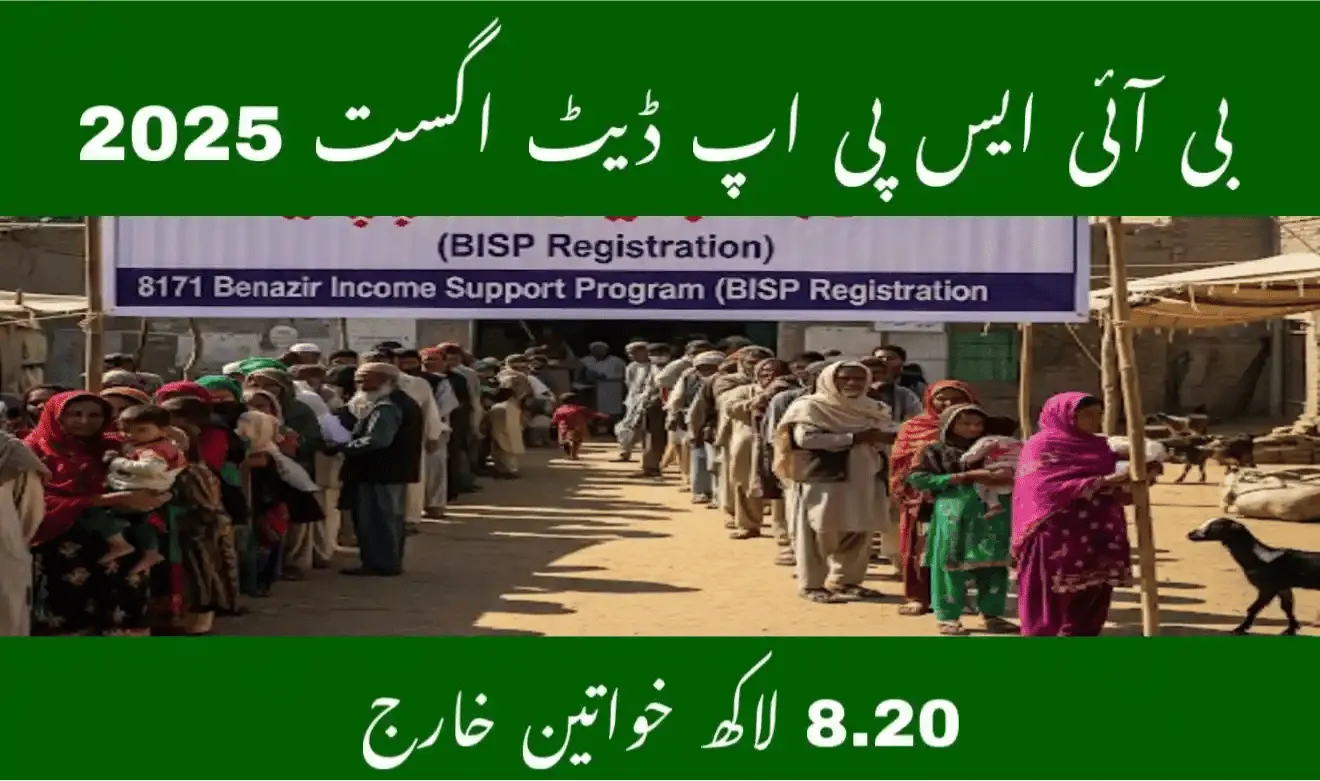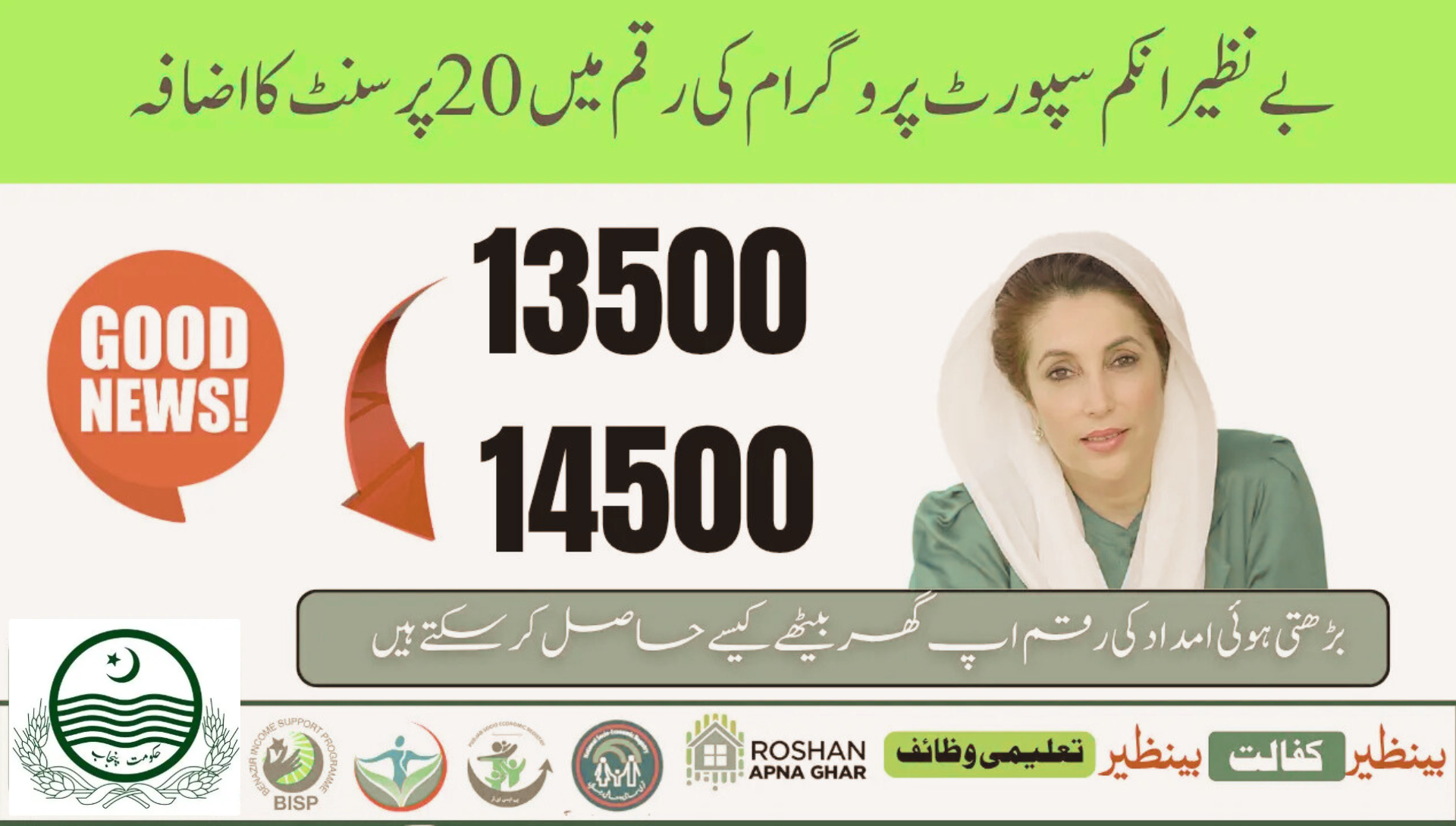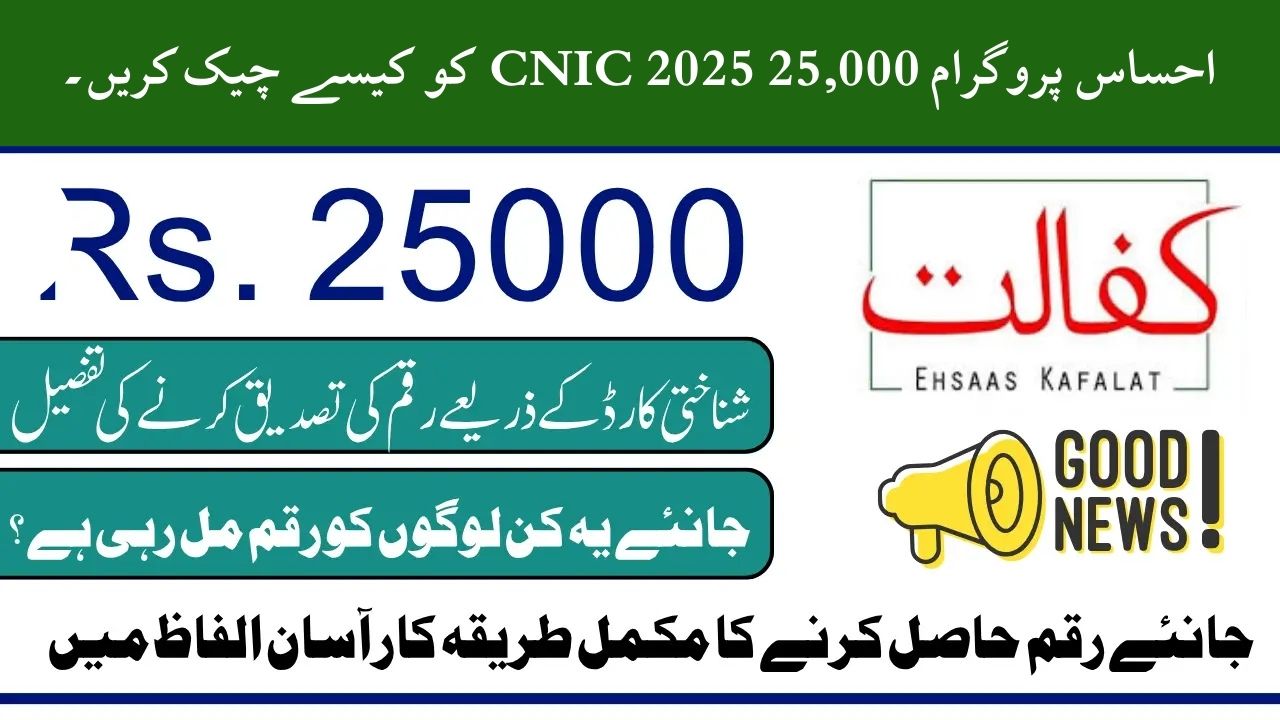The Benazir Income Support Programme (BISP) continues to be Pakistan’s largest and most impactful social welfare initiative, designed to support low-income households through quarterly cash transfers. In August 2025, the Government of Pakistan announced a major update: nearly 820,000 women have been removed from the program after a comprehensive review.
This step, though significant, is aimed at strengthening transparency and fairness—ensuring that financial assistance reaches only the poorest and most deserving families. This article explains the reasons behind the removal, updated eligibility criteria, methods to check your status through 8171, and what beneficiaries should do if removed.
Why Were 820,000 Women Removed from BISP in 2025?
The government found several cases where beneficiaries no longer met the eligibility requirements. Many recipients had stable incomes, owned assets, or were already receiving support through other programs, yet continued to benefit from BISP. To address this misuse, NADRA (National Database and Registration Authority) and the NSER (National Socio-Economic Registry) introduced stricter verification measures.
The purpose is not punishment, but rather to remove ineligible participants so that new and genuinely poor families can be added.
Main Reasons for Removal
Here are the key reasons why women were excluded in the BISP 8171 August 2025 update:
- Government Job or Pension
- Women working in government service or already receiving pensions are considered financially secure.
- With a stable income, they no longer qualify for BISP cash support.
- Ownership of Vehicle
- Beneficiaries with a registered car, jeep, or motorcycle were disqualified.
- Vehicle ownership is treated as a marker of financial stability.
- Multiple International Travels
- Families who travelled abroad more than once were excluded.
- Frequent travel reflects higher income levels than BISP’s poverty threshold.
- Land and Property Ownership
- Households owning 12.5 acres or more of land or expensive residential/commercial properties were removed.
- The program prioritises landless and asset-poor families.
- High Electricity Bills
- Households consuming over 1,000 electricity units per month were disqualified.
- High utility bills signal higher affordability.
- Heavy Telephone or Mobile Bills
- Spending Rs. 10,000 or more annually on telecom bills resulted in removal.
- High communication expenses reflect a stronger financial base.
- Benefiting from Other Subsidy Programs
- Families already receiving subsidies through other government initiatives were excluded.
- This prevents duplication and ensures aid reaches those with no other safety nets.
What Does This Mean for Current Beneficiaries?
- Still Eligible: Poor families who meet BISP’s poverty standards remain fully secure in the program.
- Removed: Families with jobs, assets, or high expenditures have been excluded.
- New Space: Removal of ineligible families creates space for new registrations of deserving households.
How to Check BISP 8171 Eligibility in August 2025
The government has simplified the process of checking your BISP status through multiple channels:
1. SMS Method
- Send your CNIC number to 8171.
- You will receive a reply with your updated eligibility status.
2. Web Portal
- Visit the official 8171 BISP portal.
- Enter your CNIC to verify eligibility online.
3. Registration Centers
- Visit your nearest BISP Tehsil Office.
- Staff will assist in checking your record and updating details if required.
What to Do If You Have Been Removed?
If you believe your removal was a mistake, you can request re-verification:
- Visit your nearest BISP Registration Centre.
- Apply for a re-survey to update your data.
- Submit documents proving your financial condition.
- If found eligible, your name can be restored in the program.
Summary – Who Is Out and Who Remains in BISP
| Removed from BISP | Still Eligible for BISP |
|---|---|
| Government job holders | Jobless women |
| Pension receivers | Widows |
| Vehicle owners | Disabled women/households |
| Frequent international travelers | Landless poor families |
| Land/property owners | Orphans and vulnerable children |
| High electricity users | Families with no income |
| High telecom bill users | Poor households with children |
People Also Ask (FAQs)
1. Why did the government remove women from BISP in August 2025?
To ensure fairness, the government excluded women who had jobs, pensions, land, vehicles, high electricity bills, or other subsidies.
2. How can I check if I am still eligible for BISP?
Send your CNIC to 8171, check via the official 8171 portal, or visit a BISP office for confirmation.
3. Can I reapply if I was removed?
Yes. You can request a re-survey at your nearest BISP office. If your data proves genuine poverty, your name may be restored.
4. How much is the BISP payment in 2025?
The quarterly installment remains Rs. 13,500, with additional support for education and child-related expenses.
5. Are these changes permanent?
No. Eligibility is reviewed regularly. If your financial condition changes, you may qualify in future cycles.
Conclusion
The removal of 820,000 women from BISP in August 2025 underlines the government’s commitment to transparency and accountability. This move ensures that cash transfers go only to the most deserving families across Pakistan.
For genuine beneficiaries, nothing changes they will continue to receive support. For those wrongly excluded, re-verification through 8171 and BISP offices provides a chance to be reinstated.
The key message is clear: BISP is a lifeline for Pakistan’s poorest families. Regular reforms are essential to keep it fair, transparent, and effective in protecting society’s most vulnerable groups.



















